Research
Search our website
Search our website by entering a keyword or choose a database above to search specifically.
Search
Showing search results 3,331 - 3,340
14,713 results found
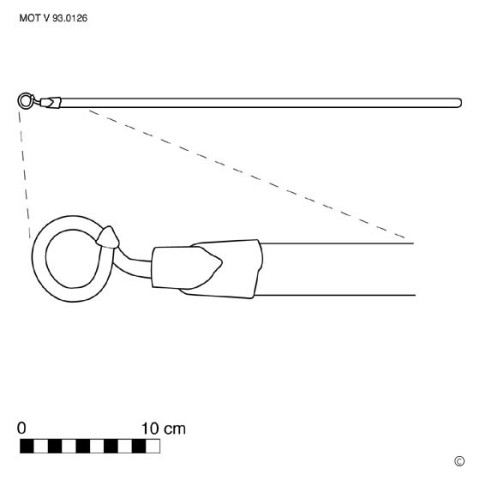
Bull leader
This text can only be consulted in Dutch
<https://www.mot.be/resource/Tool/bull-leader?lang=nl>
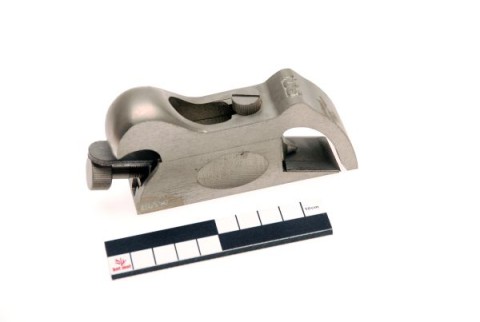
Bullnose plane
This text can only be consulted in Dutch
<https://www.mot.be/resource/Tool/bullnose-plane?lang=nl>
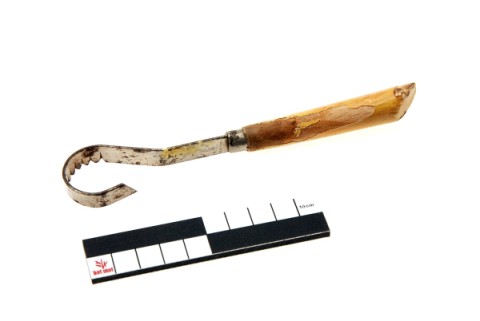
Butter cutter
This text can only be consulted in Dutch
<https://www.mot.be/resource/Tool/butter-cutter?lang=nl>
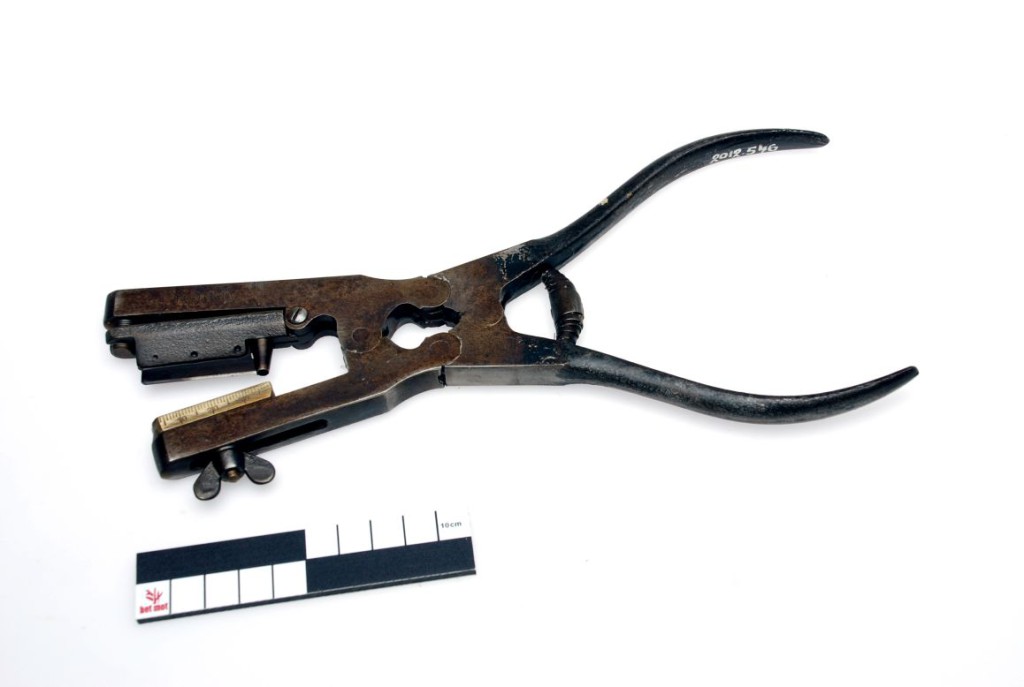
Buttonhole pliers
This text can only be consulted in Dutch
<https://www.mot.be/resource/Tool/buttonhole-pliers?lang=nl>
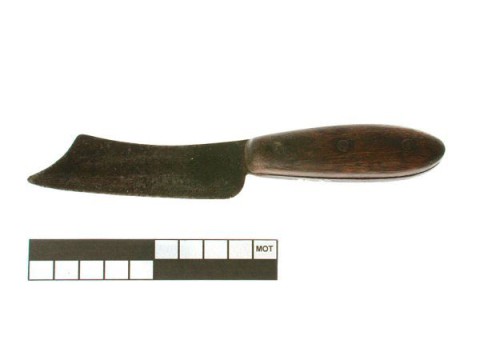
Butter knife
Knife (approx. 15-18 cm) with a spatula-shaped, non-cutting blade, which is
pointed or rounded at the end. With the butter knife you take a lump of
butter from the butter dish and put it on the bread. See also butter spoon.
[MOT]
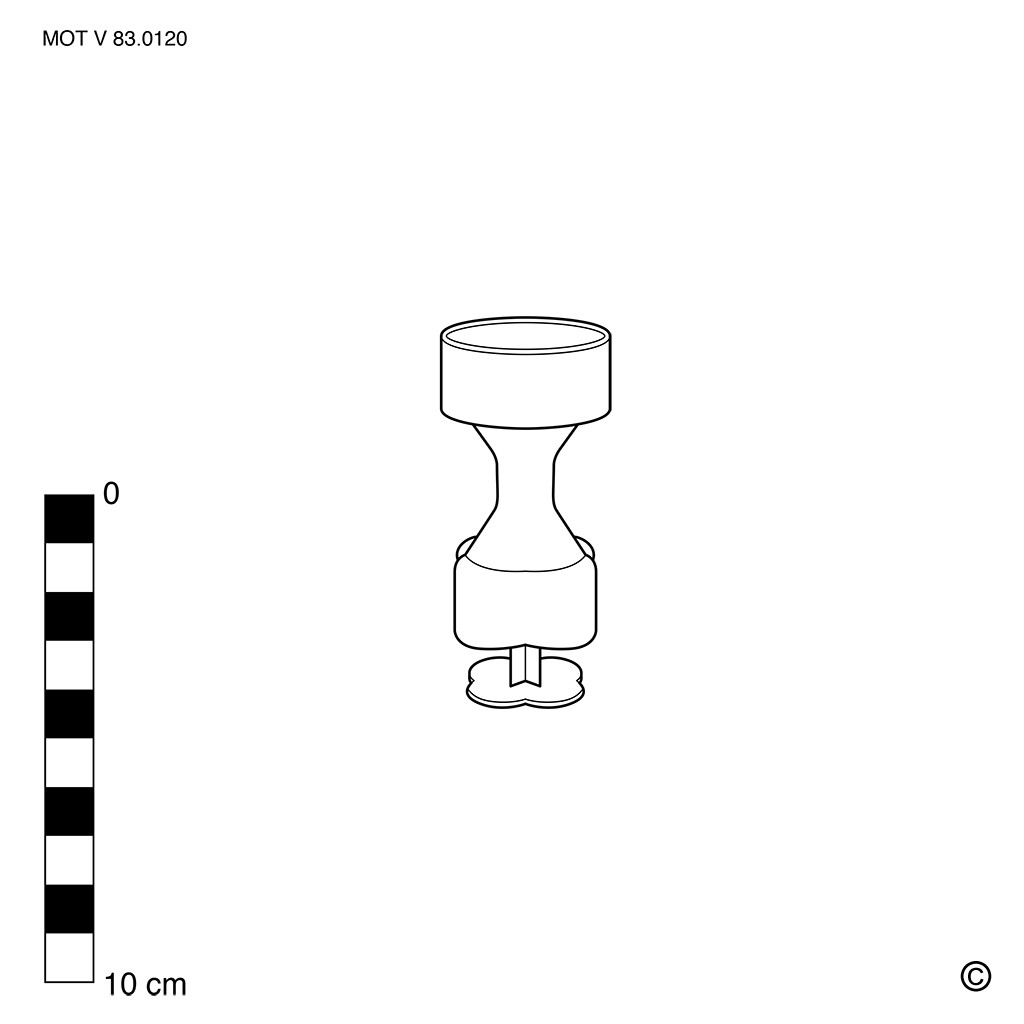
Butter mold
This text can only be consulted in Dutch
<https://www.mot.be/resource/Tool/butter-mold?lang=nl>
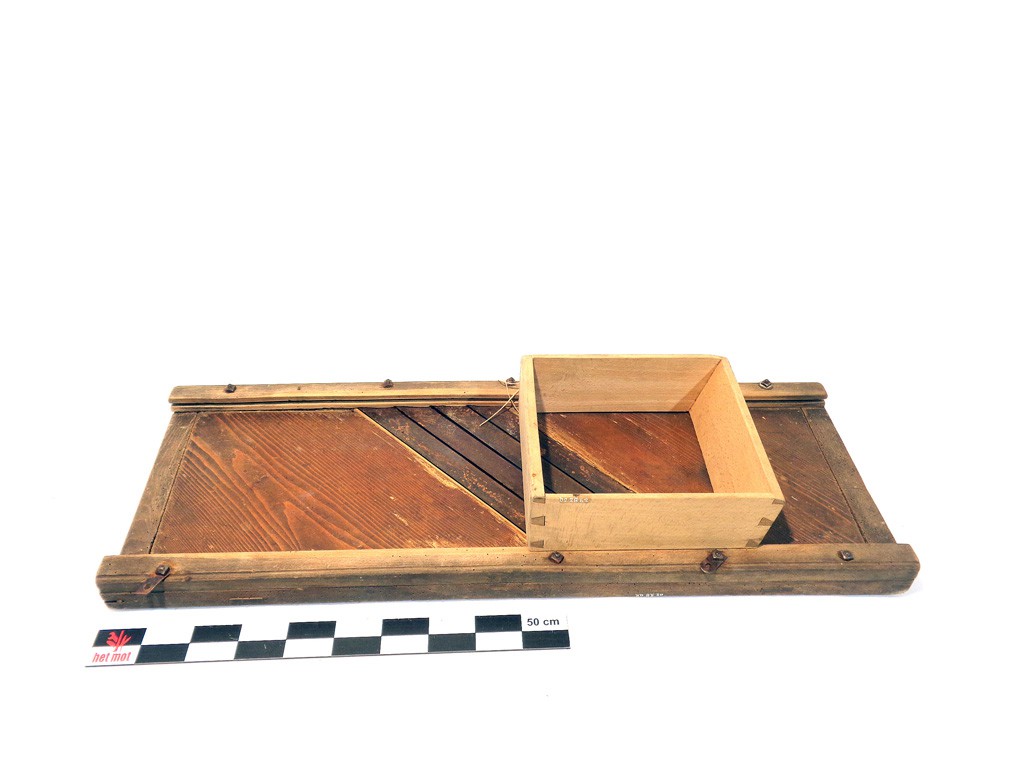
Cabbage grater
Large vegetable plane (approx. 1 m long and 30 cm wide) with which you can
slice half coals into fine pieces for the preparation of sauerkraut. She
has several planer knives that are oblique to the axis of a large wooden
board. A wooden tray without a bottom in which the half cabbage is placed,
slides over the slicer. [MOT]
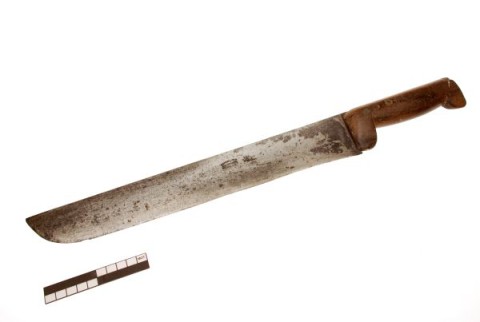
Butcher knife
Larger pieces of meat are cut and shaped with a butcher knife. A butcher
knife has a long (approx. 25-35 cm) and sturdy blade with a cut that is
bent towards the end, ending in a sharp point. The wooden or plastic handle
is shaped in such a way that the hand cannot slip when cutting. [MOT]
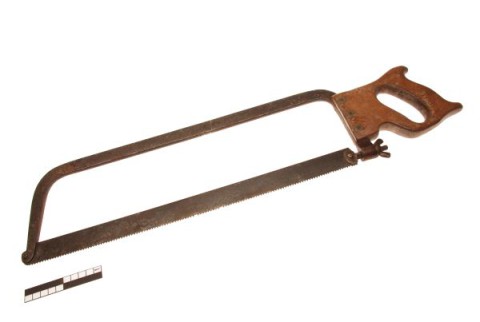
Butcher's bone saw
Bones of slaughtered animals are cut into pieces with a butcher's saw. It
has an elongated - often replaceable - saw blade (approx. 25-35 cm long)
that is stretched in an arc-shaped frame with a straight handle or a pistol
butt. See also the two-handed meat cleaver. [MOT]
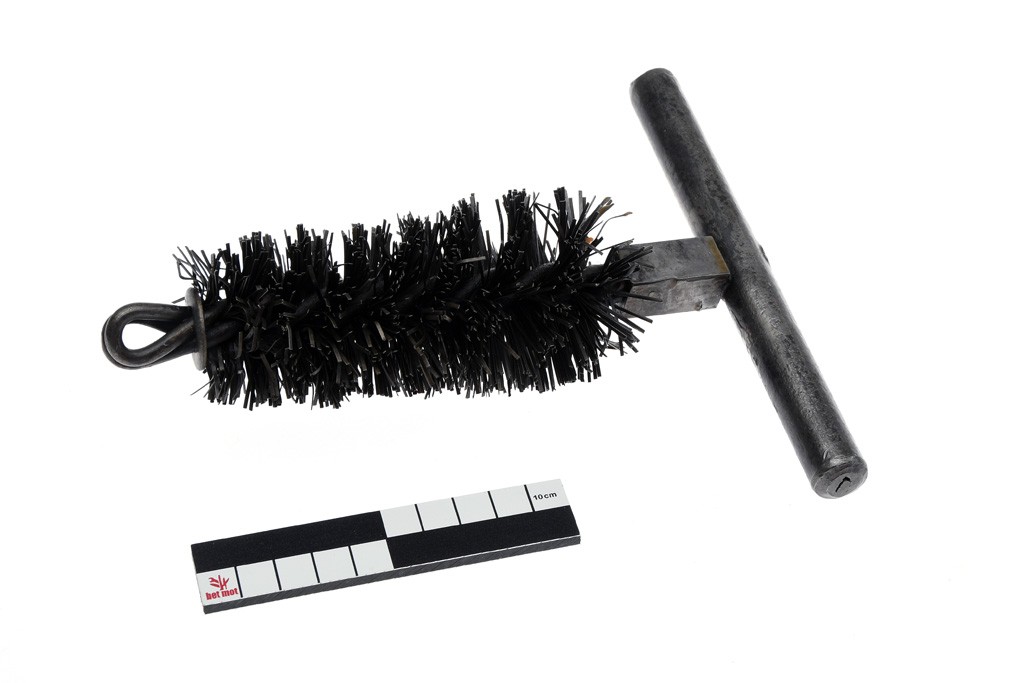
Bunghole brush
This text can only be consulted in Dutch
<https://www.mot.be/resource/Tool/bunghole-brush?lang=nl>
